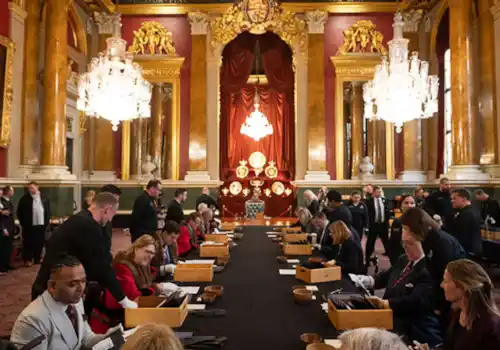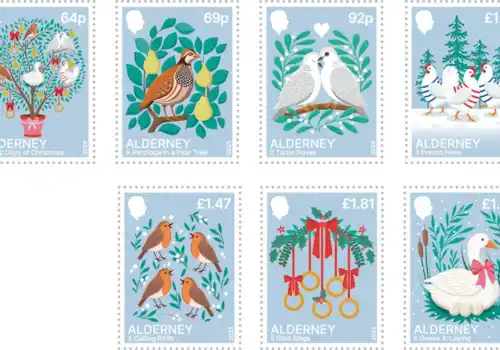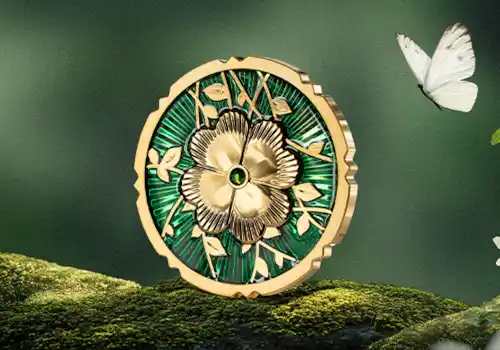13 March 2025
|
With the girls of the ‘80s and ‘90s now all grown up, the value of early/vintage Polly Pocket sets has skyrocketed as collectors try to recapture beloved childhood memories.
As with all collectibles, condition, completeness and rarity are everything, especially given the tiny dimensions of the many accessories. This means that Polly offers a price point for everyone’s pocket.
These tiny dolls took the toy world by storm in the 90s. With Polly Pocket toys becoming household staples for young girls. This pocket sized woman created the first real rival for the Barbie doll, who knows the first Polly Pocket film could be on its way.
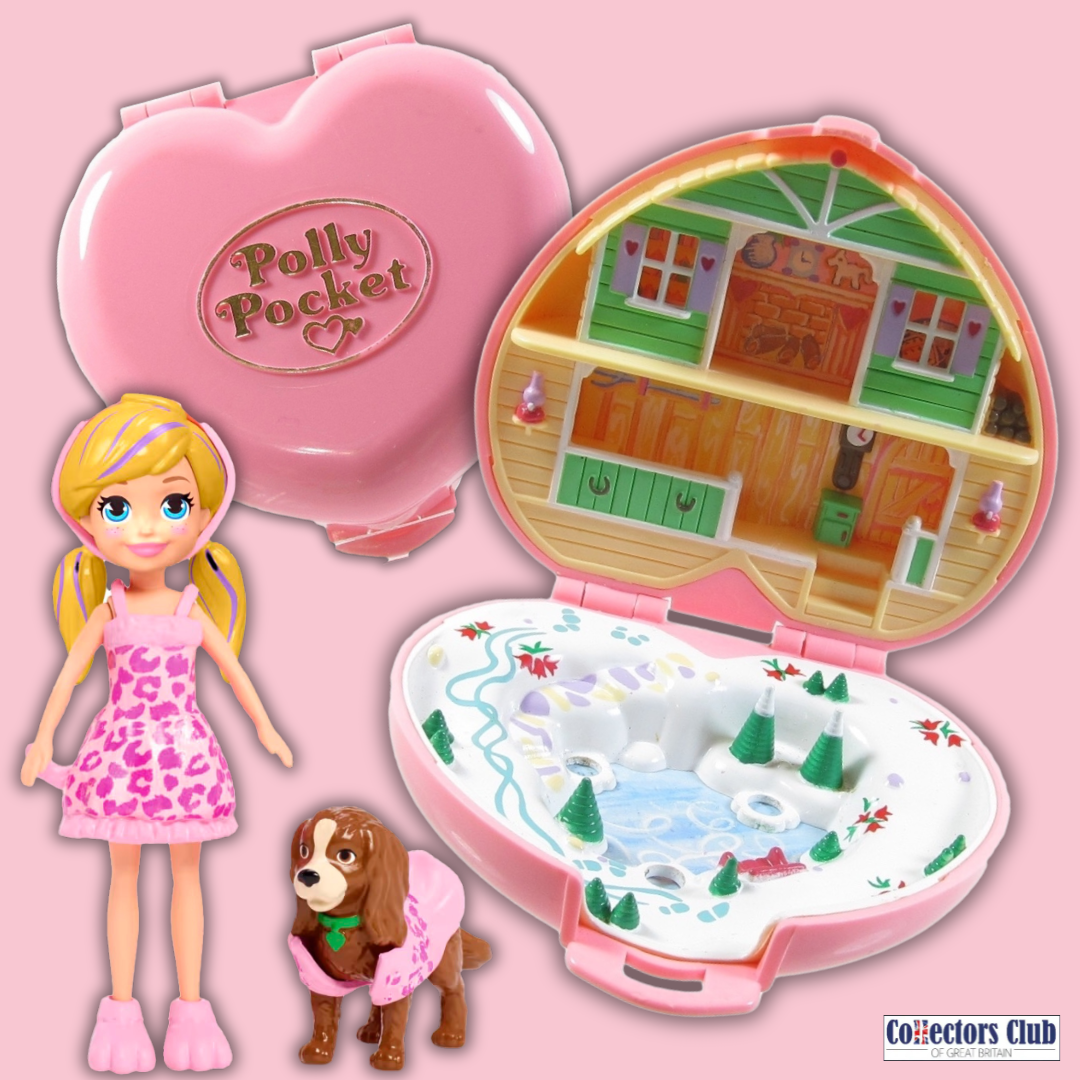
How Much Are Polly Pocket Playsets Worth?
Vintage toy sets go for as little as £10 or as much as thousands. A good condition 1995 original Polly pocket Children’s Hospital set recently sold for £335 online. It stands three stories high and is complete with babies in blankets, a pink wheelchair and rocking cribs. If you happen to discover an original packaged set in your loft, you could be looking at a windfall of several thousand.
Suggested article: The Best Polly Pocket Sets
How Did Polly Pocket Collaborate with Disney?
In the ‘90s Polly Pocket embarked on a successful partnership with Disney. A sealed edition of Princess Jasmine’s Royal Palace, featured in the film Aladdin, could today net you as much as a whopping £950. While a complete played-with version without packaging is worth around £100.
Another Disney favourite with young girls of the time was Beauty and the Beast. 1997 saw the release of a playset based on the castle in the film, with a sealed version selling for £250 in 2019.
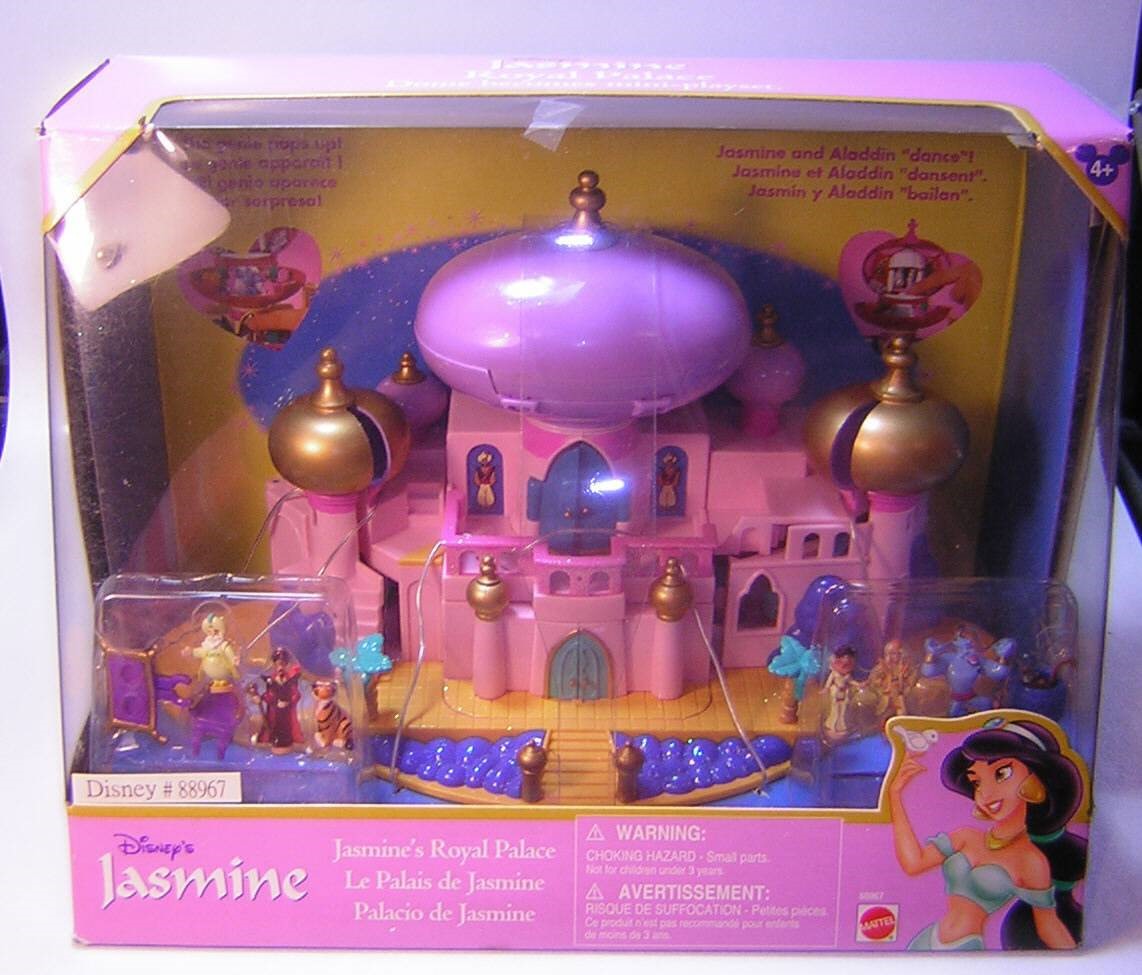
Why Did Mattel Change Polly Pocket in the Late ‘90s?
But all good things inevitably come to an end and 1998 saw Mattel take over Bluebird Toys and redesign the brand. Sensing that the market was turning away from micro toys, Mattel made Polly larger and more realistic.
The designers introduced a Barbie-like appearance, including a straight blonde ponytail in place of her previous curly bob. Designers made the 10cm Fashion Polly range along with rubbery, changeable clothes.
Amusingly, most Fashion Polly connoisseurs of the time seem to share a group memory of how satisfyingly chewable these garments were! These redesigned sets are less popular with toy collectors, but a sealed edition of 1998’s Action Park could still net around £40 online.
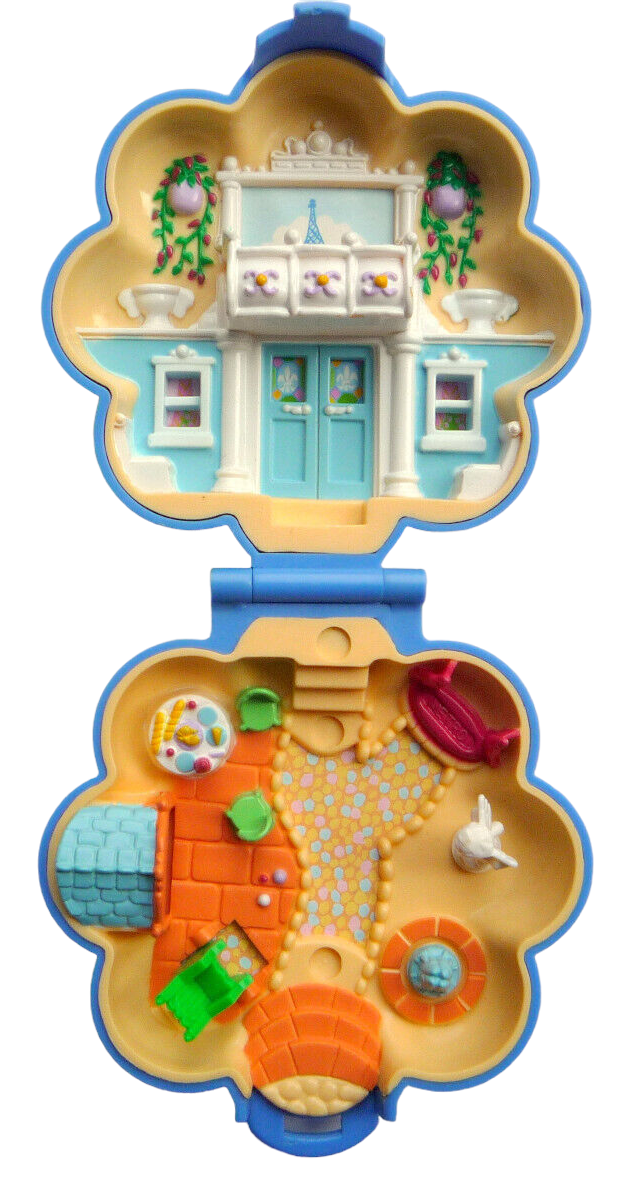
What Happened to Polly Pocket in the 2000s?
The smaller-sized sets were completely phased out by 2002. 2004 saw yet another redesign with the introduction of the Quik Clik range. Its major innovation was the creation of a new plastic clothing mechanism using magnets. This enabled budding fashionistas to ‘quickly click’ their dolls in and out of outfits.
Unfortunately, the combination of children and small powerful magnets didn’t mix well. 2006 saw the United States Consumer Product Safety Commission initiate a major and extremely costly recall of around 2.4 million Polly Pocket sets and dolls. This is because the magnets were falling out and causing a health hazard.
The danger was that if a child swallowed two or more magnets they would attract each other and could cause intestinal perforation. This was a highly dangerous scenario which had already occurred three times, with each instance requiring emergency surgery.
Is Polly Pocket Making a Comeback?
Mattel attempted yet another relaunch in 2010 with yet more increase in the dolls’ size. Audiences gave a mixed reception, and by 2012, the company discontinued Polly Pocket in the US. The company continued selling the brand, eventually limiting sales to Brazil.
That lasted until 2018, when the company rebooted Polly once more. This time with a noticeably similar look and feel to those original 90s dolls, targeting original customers who now want to share their love of Polly Pocket with their own daughters.
The overwhelming success of 2023’s Barbie film has even led to reports of a Polly Pocket movie to come! There’s two generations of Polly’s fans who’d love to see her step out of the playsets onto the silver screen. Perhaps she was that iconic ‘80s big star all along.
Why Was Polly Pocket So Popular in the ‘90s?
Originally produced by UK company Bluebird Toys, Polly Pocket first hit shelves in 1989. Staying true to the product’s roots, many of the original sets looked much like makeup compacts. Although the wood of the prototype was replaced by plastic.
When opened, they revealed a cute, intricate and cleverly-designed dolls house. Complete with a 2 cm high doll who folded in the middle to ensure she’d still fit inside when closed. The dolls also featured a moulded base allowing them to slot into the playset and stand upright. Polly herself had blonde curly hair, often held in place with a red hairband, sporting a matching red dress.
She was soon joined by a diverse cast of characters including Fifi, Polly’s penpal and Parisian owner of two poodles, the kimono-clad Suki and Atsuko who, according to the packaging, “run the best tea house in Japan”, Mr Sprout the farmer and Mr Moneybags the businessman. The fact that the bank manager is named Mr. Skint might bode somewhat ill for the world of Polly Pocket!
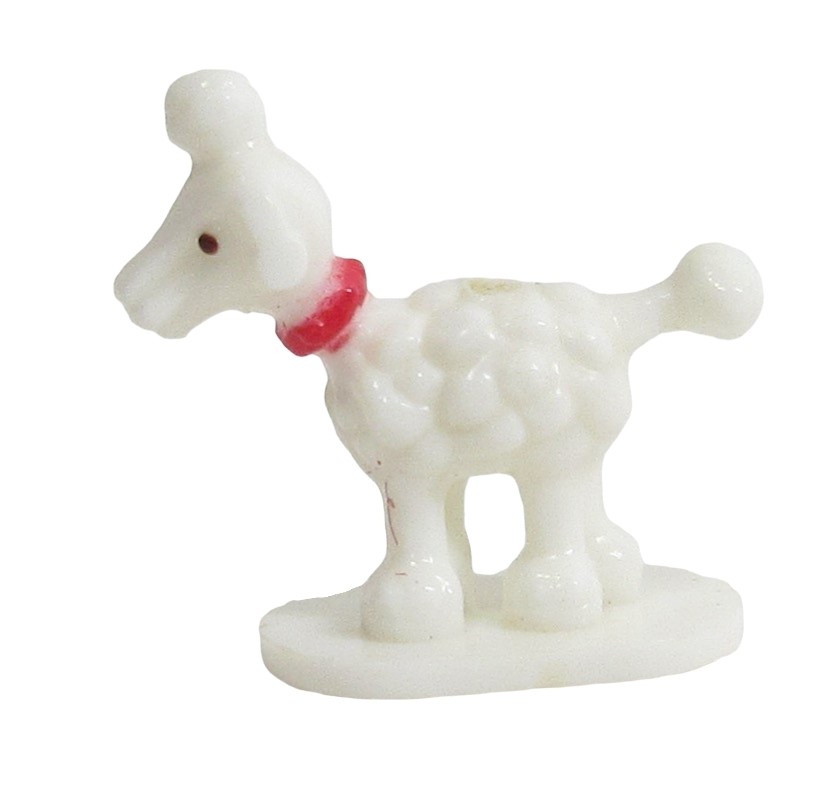
Given that the designers were working with tiny dimensions of 10cm, you might forgive them if the toys’ design was less than meticulous. They somehow managed to cram in incredible attention to detail and interactive features.
Doors opened, elevators went up and down, and many sets included additional figures such as cats, dogs and even turtles. Polly Pocket exploded onto toyshop shelves. Once Bluebird Toys signed a distribution agreement with Mattel, it was estimated that by 1994 roughly three quarters of all girls in the UK owned at least one set. In the world of girls’ toys, tiny Polly had become rival to that iconic American queen, Barbie.
Toy collectors can get the latest collecting news by signing up for the Collectors Club of Great Britain newsletter



